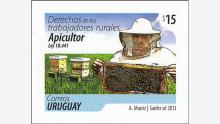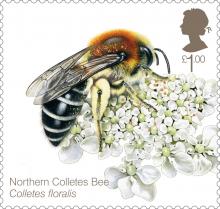Insektensterben: Auch häufige Arten werden selten
Senckenberg-Wissenschaftler konnten gemeinsam mit Kollegen der Technischen Universität München nachweisen, dass derzeit weit verbreiteten Insekten zukünftig ein hoher Artenverlust droht. Als Gründe für den Rückgang dieser „Generalisten“ nennt das Forscherteam eine Verinselung von Lebensräumen sowie die Intensivierung der Landwirtschaft. Auch die genetische Diversität der untersuchten Schmetterlingsarten wird laut der heute im Fachjournal „Biological Conservation“ veröffentlichten Studie zukünftig stark abnehmen – die Insekten reagieren in Folge sensibler auf Umweltveränderungen.










